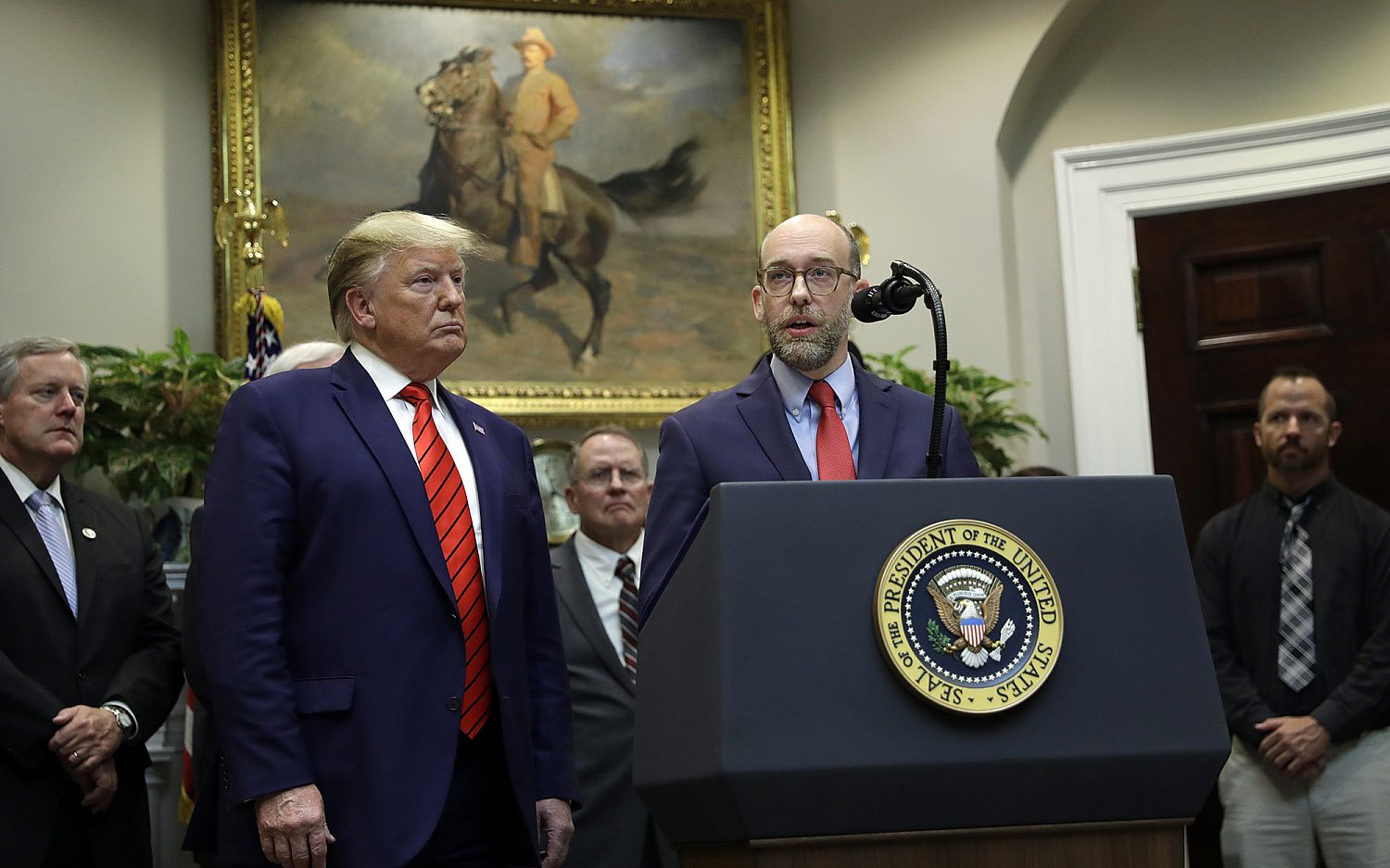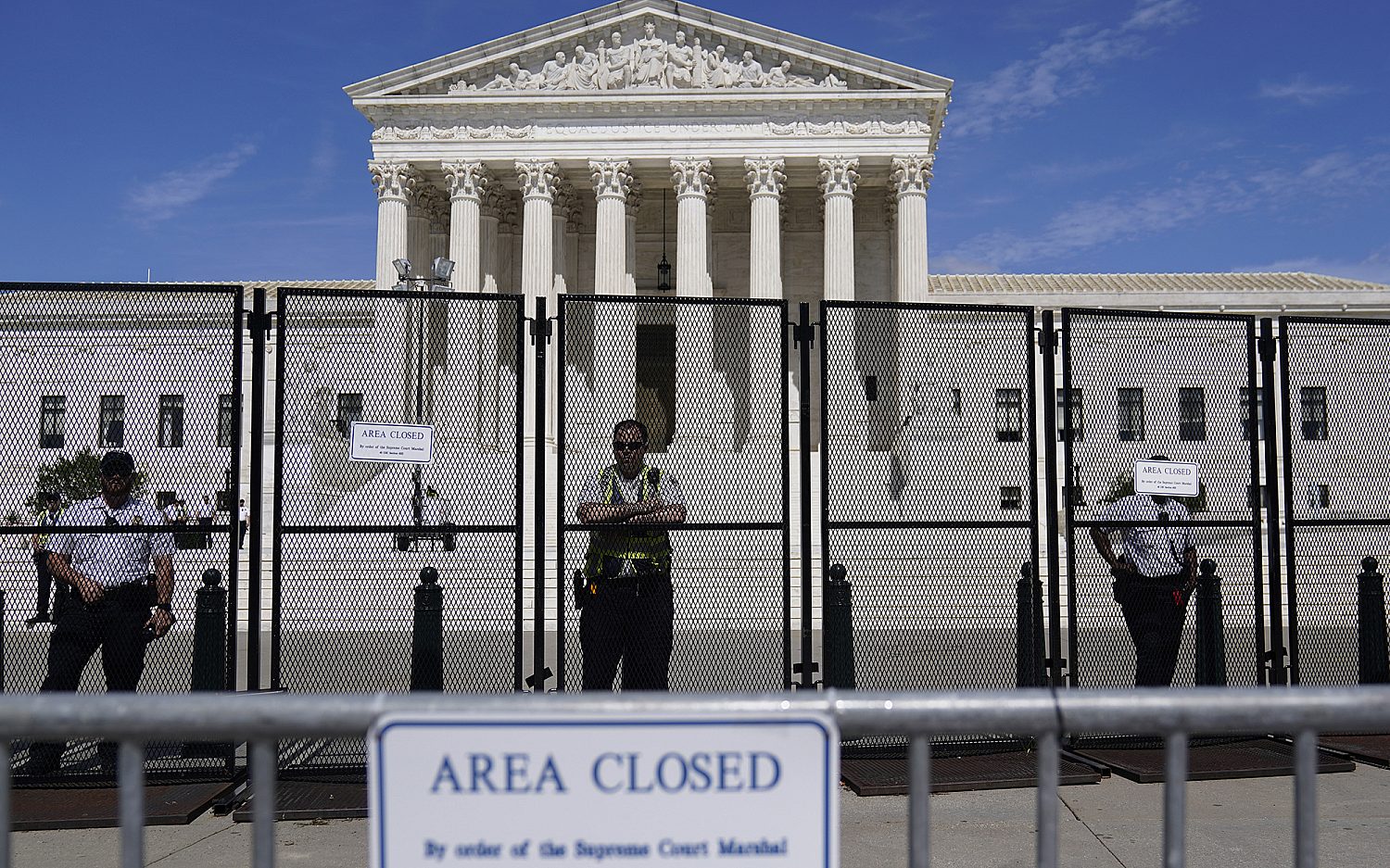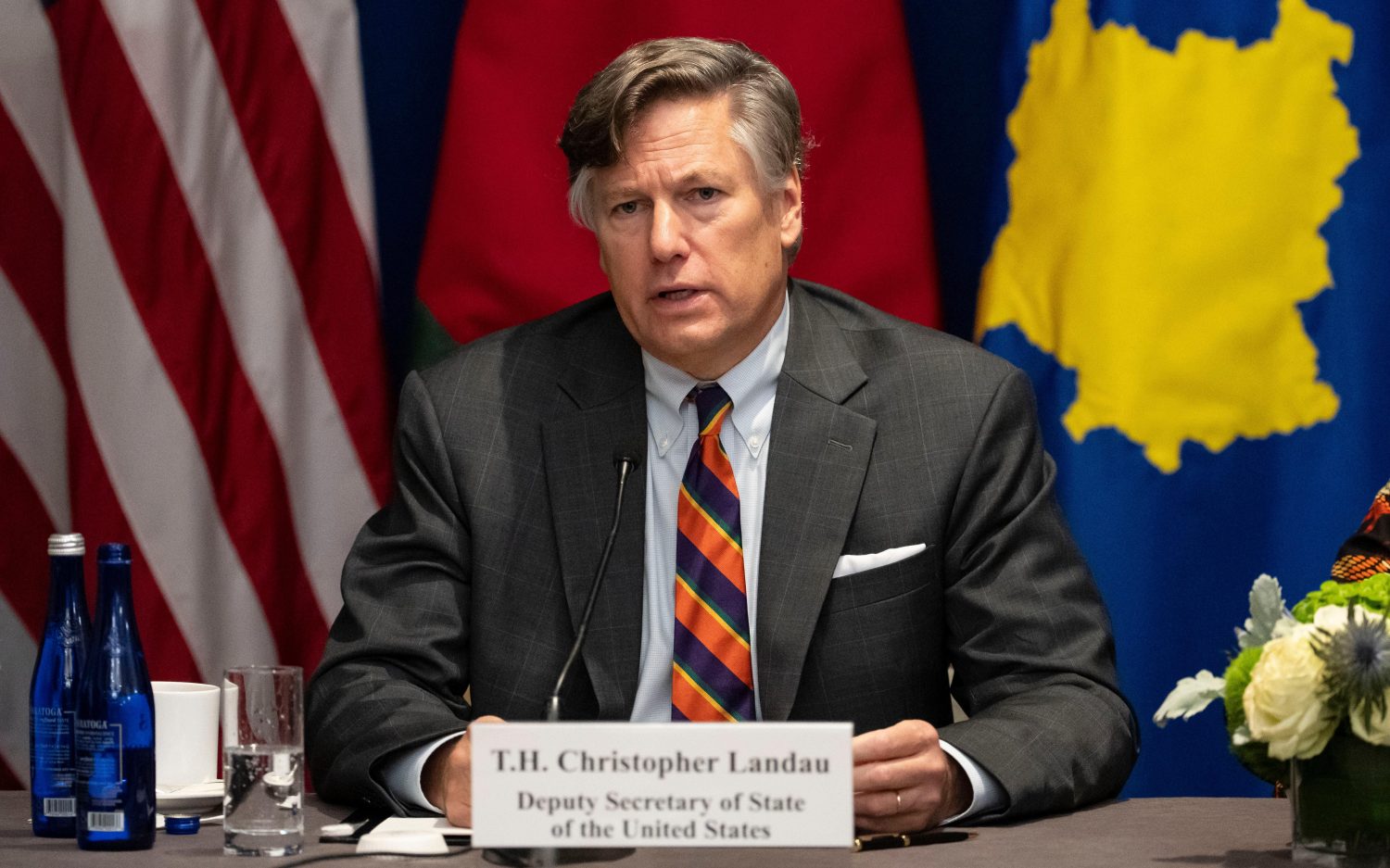Arizona enacts nation's tightest welfare restrictions
Arizona lawmakers have restricted federally funded welfare benefits to the narrowest time window in the nation.
The restrictions apply to Temporary Assistance to Needy Families (TANF), which provides cash assistance and potential child-care subsidies for low-income or jobless parents. Under the new state budget, Arizona will cut the longevity of TANF benefits from 24 to 12 months.
State Sen. Kelli Ward, a Republican who debated in favor of the budget cut in March, believes welfare programs are crutches keeping citizens from getting back on their feet.
“As a society, we are encouraging people at times to make poor decisions and then we reward them,” she said.
Arizona has a Republican-controlled legislature and the budget cut passed without being publicly vetted, according to Democratic state Sen. Katie Hobbs.
“It was a major policy made to the budget that does not save the state any money at all,” she said.
Hobbs, who worked as a social worker in Arizona, said she doesn’t understand the reasoning behind the cuts, because the TANF program is a lifeline for many families.
Effective July 1, 2016, the Arizona Department of Economic Security will drop at least 1,600 families—including more than 2,700 children—from the state's federally funded TANF program.
Republican Gov. Doug Ducey’s office called the cuts “necessary” to protect taxpayers and make more funds available for K-12 classrooms.
“This budget reflects the priorities I ran on and addresses the problems I was elected to solve,” he said.
Most states offer a five-year limit for TANF funding, but 13 states allow two years or less.
Robert Doar, a welfare policy expert, said one year is not consistent with federal standards.
Hobbs said part of TANF funding allows people to receive child-care subsidies and cutting it back to one year will hinder people work are working to support themselves.
“When I used to pay childcare, it was more than my mortgage every month,” he said. “Twelve months is not enough time to get a degree or get enough training to qualify for a higher paid position. It doesn’t make sense.”
Jessica Tarlov, a Fox News political strategist, agrees with Hobbs.
“I think that’s a bit fast. But what I would say, though, is we do need to cut back on welfare benefits,” she said. “But we need to make sure we’re giving these people the skills that they need to get jobs.”
The total federal savings will amount to roughly $4 million. Hobbs said the average TANF family received about $275 per month.
In 2012, welfare programs accounted for $950 billion of the federal budget.
“We will continue to provide support to the neediest of families throughout our state, however we must make difficult decisions to ensure the fiscal health of the State of Arizona,” Ward said in an emailed statement.
The Associated Press contributed to this report.
An actual newsletter worth subscribing to instead of just a collection of links. —Adam
Sign up to receive The Sift email newsletter each weekday morning for the latest headlines from WORLD’s breaking news team.




Please wait while we load the latest comments...
Comments
Please register, subscribe, or log in to comment on this article.